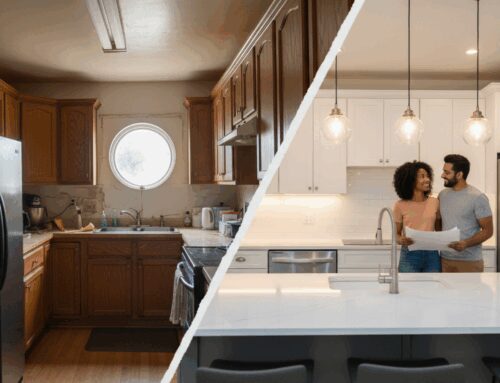You’re planning a major home remodel, ready to transform your space—but you’re wondering just how long it will take from start to finish. Understanding the typical timeline for completing a major home remodel project is crucial for setting realistic expectations, coordinating with contractors, and minimizing disruptions to your daily life. This guide breaks down each phase, providing actionable insights to help you navigate the process smoothly.
What to Expect from Your Home Remodel Schedule
Each major remodel is unique, but most follow a consistent sequence of phases. By understanding the typical timeline for completing a major home remodel project, you can anticipate milestones, manage dependencies, and plan for temporary adjustments like moving out during intensive work.
Initial Planning and Design Phase: 2–4 Months
This foundational stage involves defining your goals, establishing a budget, and creating detailed designs. Rushing this phase can lead to costly changes later. Work with an architect or designer to develop plans, select materials, and obtain necessary permits. In our guide on how to budget for a home renovation, we show how to allocate funds across design, labor, and contingencies.
Pre-Construction Preparation: 1–2 Months
Once plans are finalized, your contractor will secure permits, order materials, and schedule subcontractors. Delays here are common due to supply chain issues or municipal backlogs, so build flexibility into your timeline.
Breaking Down the Construction Timeline
Construction typically progresses through sequential stages, each with its own duration and considerations. Here’s what to anticipate once work begins.
Demolition and Structural Work: 1–3 Weeks
This phase involves tearing out old elements and addressing structural changes. It’s messy but quick—proper site preparation sets the stage for efficient progress.
Rough-In Work: 2–4 Weeks
- Electrical, plumbing, and HVAC systems are installed behind walls.
- Inspections ensure everything meets code before walls are closed up.
- Any delays here can ripple through the entire schedule.
Installing Finishes and Fixtures: 3–6 Weeks
Drywall, flooring, cabinetry, and lighting are installed. This phase makes the space feel complete but requires precise coordination. For insights on material selection, see our article on selecting long-lasting remodeling materials.
Key Factors That Influence Your Remodel Duration
Several variables can extend or shorten your timeline. Being aware of these helps you plan proactively.
Project Scope and Complexity
A kitchen remodel might take 2–4 months, while a whole-house renovation can span 6–12 months. Adding structural changes or custom features increases time significantly.
Weather, Permits, and Supply Chains
External factors like permit approvals, material availability, and weather for exterior work can cause delays. Always build a 10–20% time buffer into your schedule.
Managing Delays and Staying on Track
Even with careful planning, unexpected issues arise. Regular communication with your contractor, flexible scheduling, and a clear change-order process help mitigate setbacks. If you’re tackling parts of the project yourself, our resource on DIY vs. hiring a contractor outlines time and cost trade-offs.
Planning a major home remodel involves balancing vision with practicality. By understanding the typical timeline for completing a major home remodel project and accounting for variables like design complexity and supply chains, you can approach your renovation with confidence—and soon enjoy the transformed space you’ve envisioned.






Leave A Comment